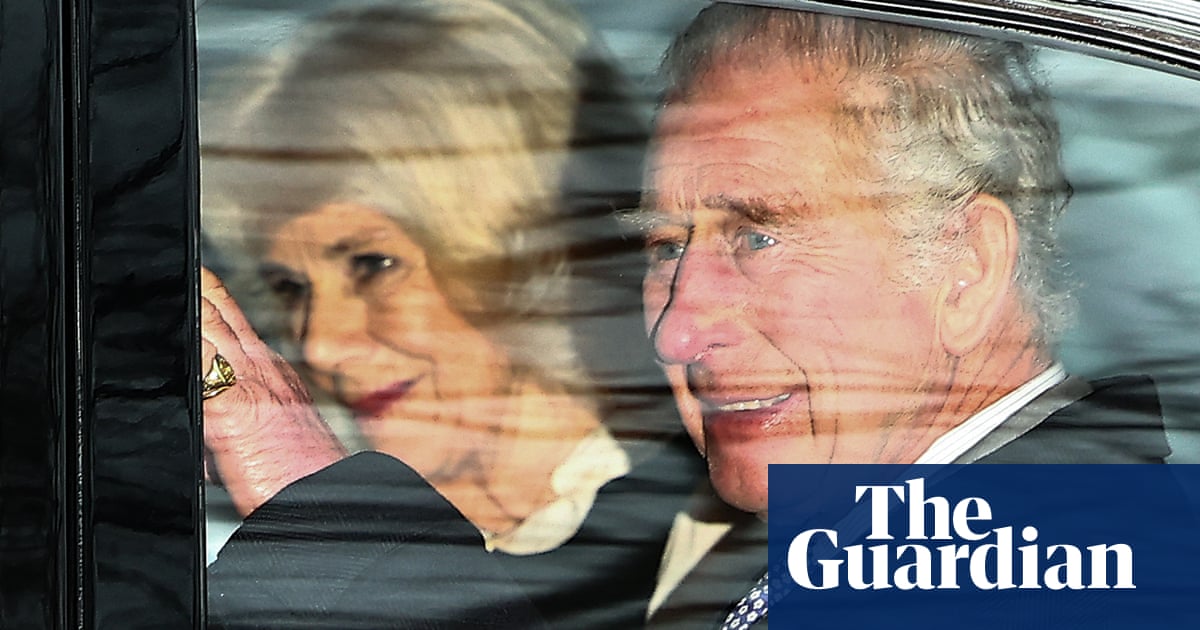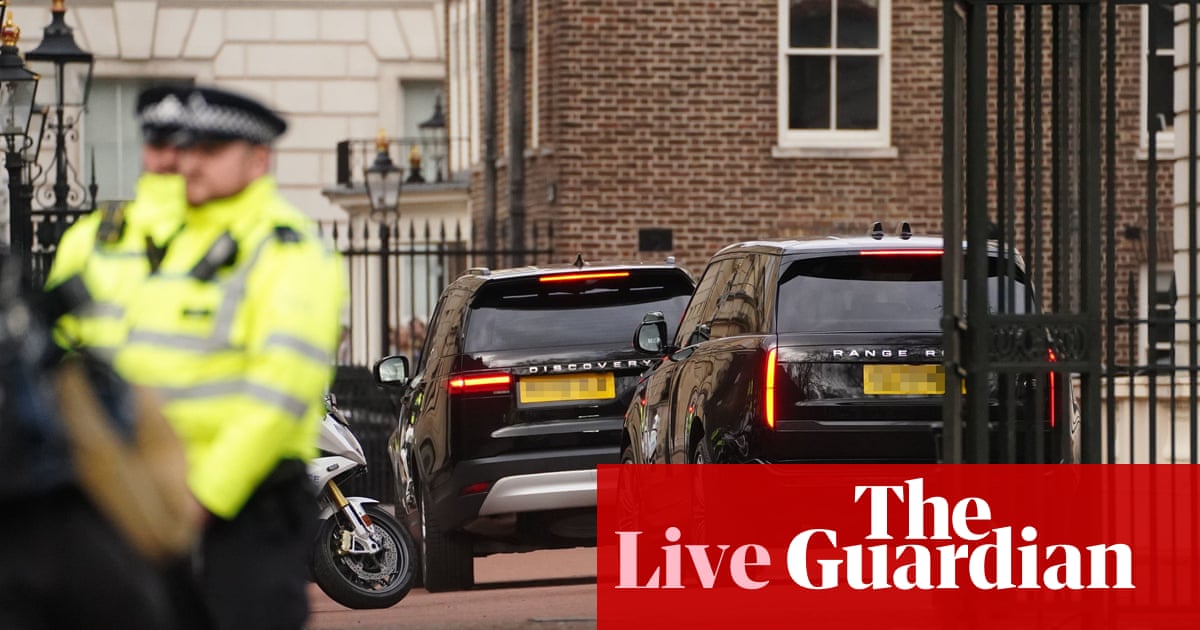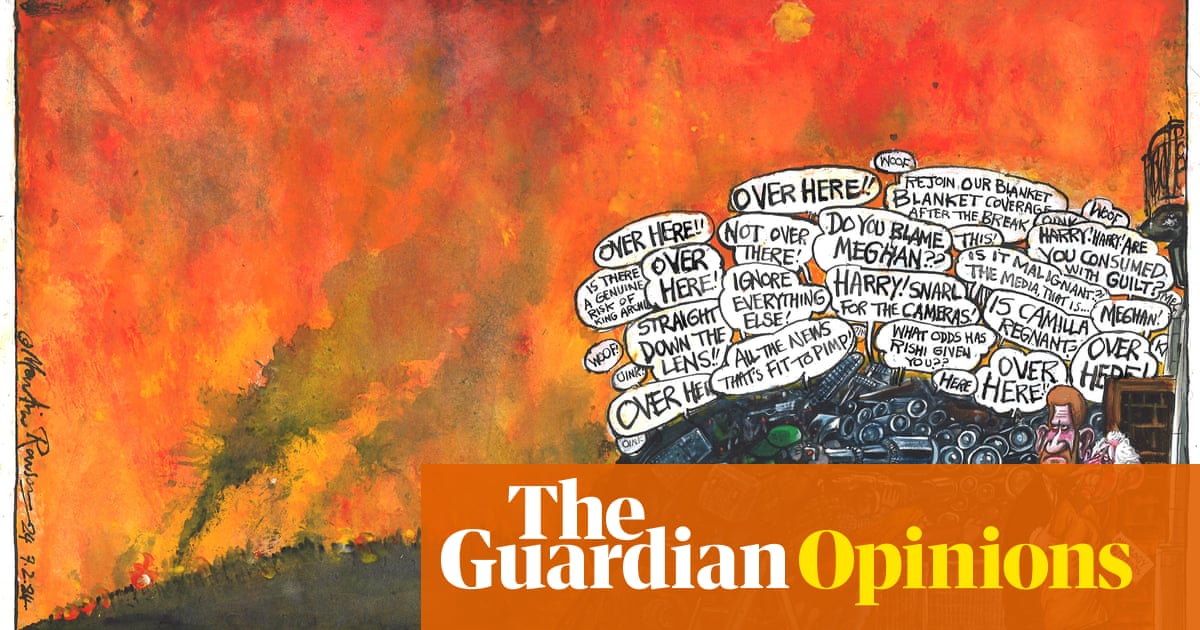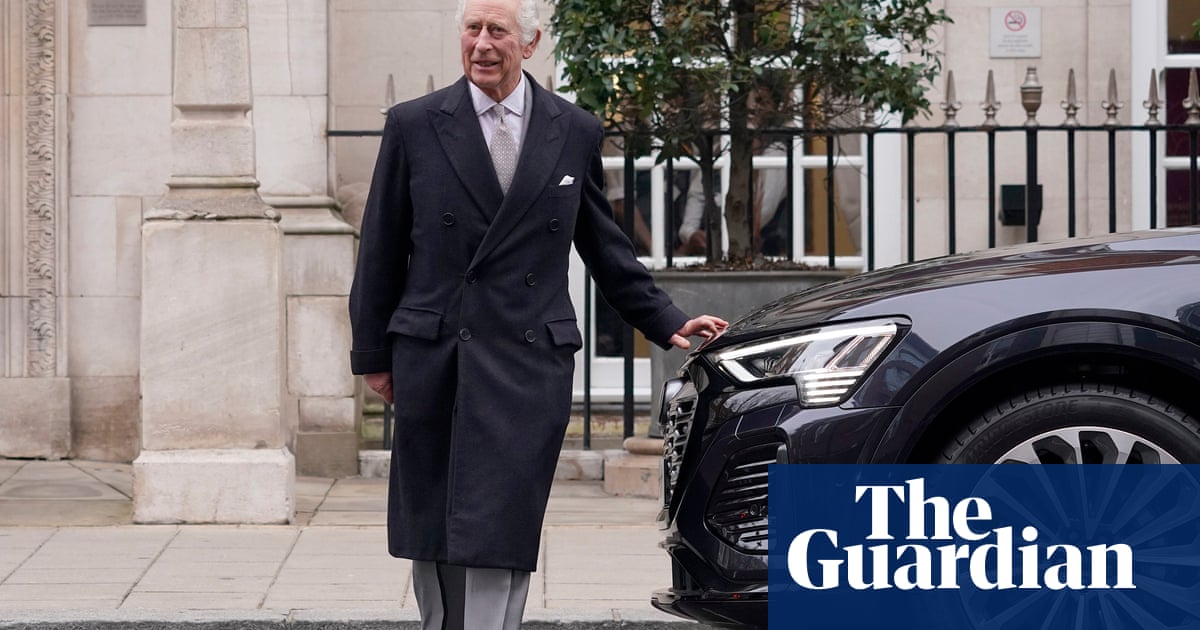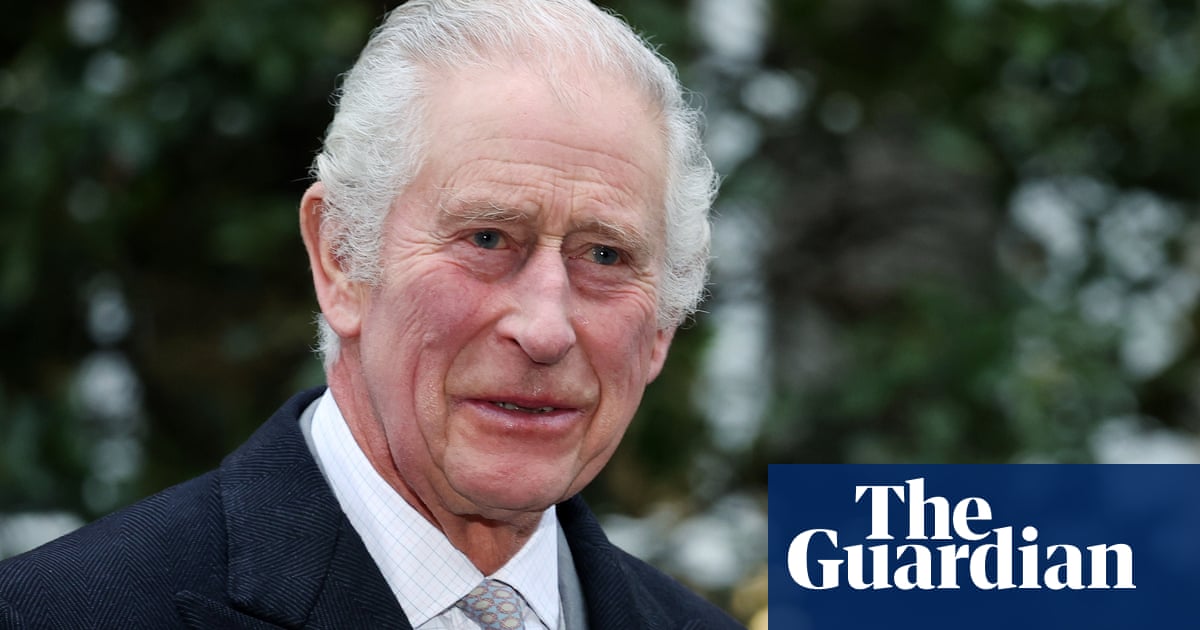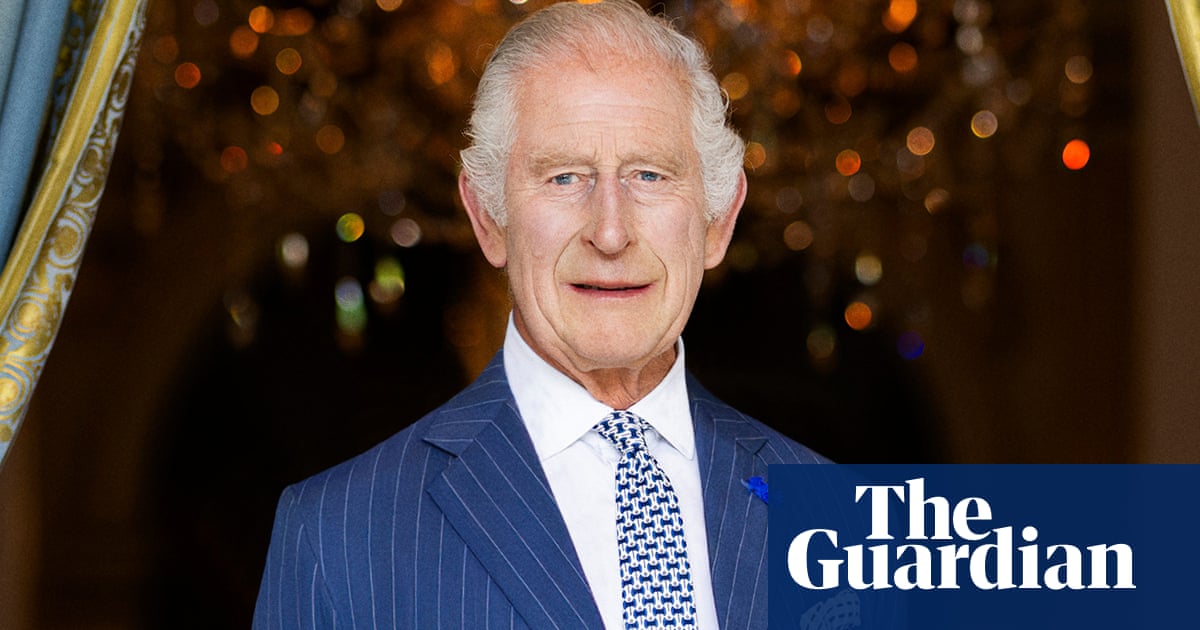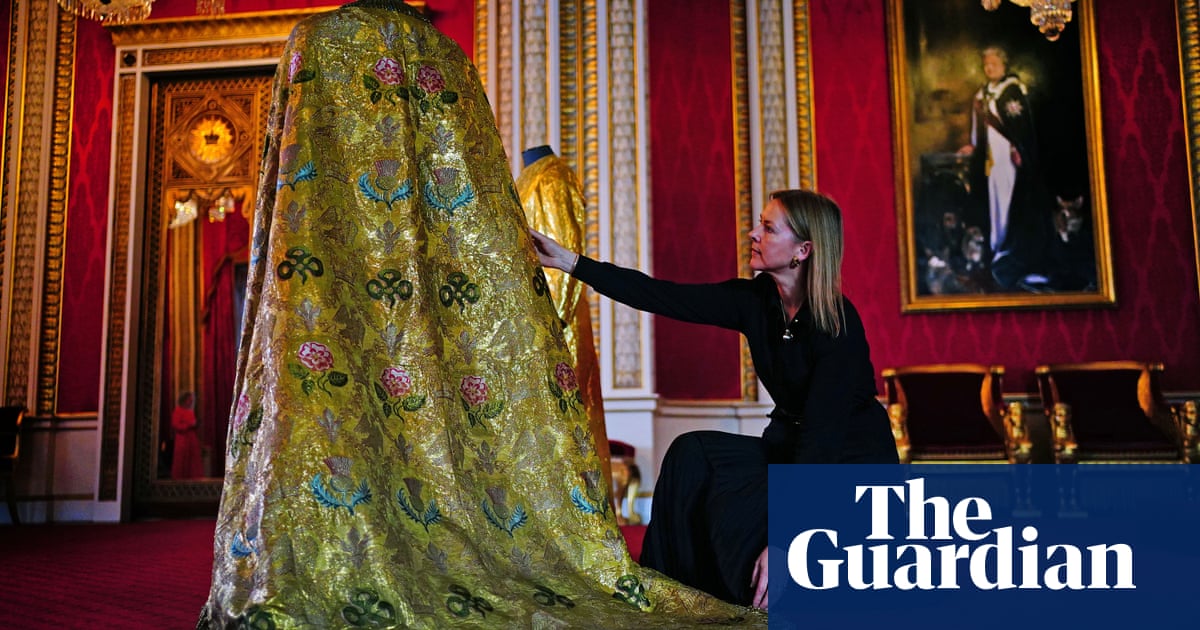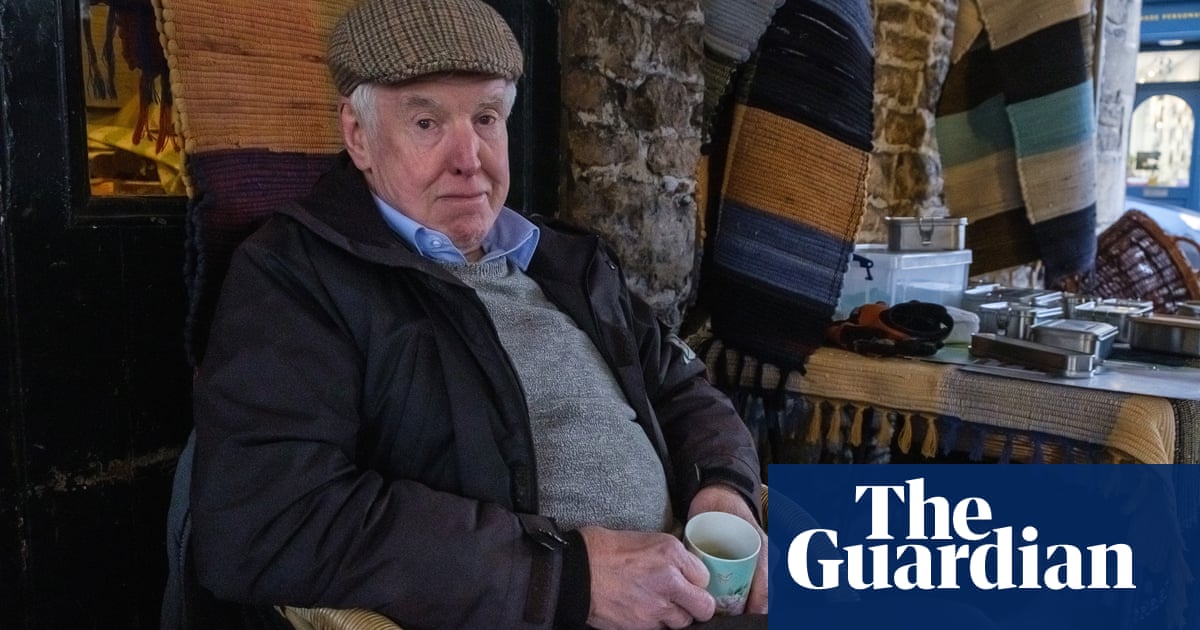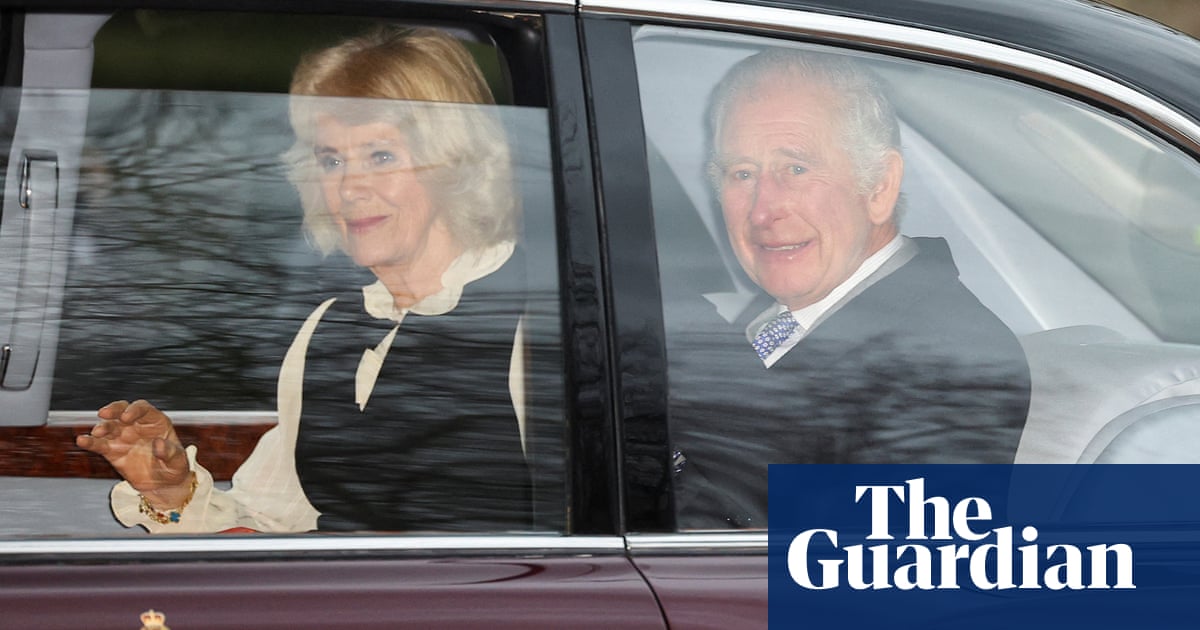
With King Charles’s cancer diagnosis and uncertainty over when he will return to full public duty, the palace machinery, which is primed to deal with foreseeable eventualities, will swing into action.
Precedent and protocol, enshrined in statutes and dictated in regal letters patent over successive reigns, have been designed to ensure as little disruption as possible to the performance of the core constitutional duties of the sovereign.
So, as the king begins treatment, the business of ruling will go on, albeit not in the way the relatively new king would have wished.
While he has been forced to rearrange and postpone his public-facing duties, other working royals are expected to pick up the slack.
Queen Elizabeth II once famously said: “I have to be seen to be believed”. A lifeblood of monarchy is its visibility; the local community visits as vital as the spectacular ceremonial pageantry.
With two senior royals out of action – Catherine, Princess of Wales, is recuperating from abdominal surgery and will not be resuming her duties until after Easter – the Prince of Wales, Queen Camilla and the Princess Royal seem likely to bear the brunt.
Indeed, Princess Anne, 73, who once remarked drily that a “slimmed-down” monarchy “doesn’t sound like a good idea from where I’m standing”, found herself going to four engagements on Tuesday.
It is anticipated that William, 41, who returns to public duty this week having taken time off while his wife was in hospital, will undertake some of the duties on behalf of the king in addition to his own engagements.
The announcement of his return to duties, which was made just a few hours before Buckingham Palace’s statement about Charles’s diagnosis, will – aides will have hoped – signify some stability within the royal family.
He will host an investiture ceremony at Windsor Castle on Wednesday and that evening will attend the London Air Ambulance annual fundraising gala in central London, Kensington Palace said.
As the future king and the senior royal in the line of succession, he would be expected to shoulder most of the responsibility.
Camilla, too, will “continue with a full programme of public duties” while her husband is treated, according to a palace spokesperson, and may step in at times in place of her husband. Diaries are being rearranged, and overseas visits once pencilled in are being re-examined.
The king and queen were widely expected to visit Canada in May. The king, as head of the Commonwealth, would be expected to attend the Commonwealth heads of government meeting (Chogm) in Samoa in October, leading to speculation that he may also visit New Zealand and perhaps Australia at the same time.
While no forthcoming state visits had been confirmed by Buckingham Palace, these are generally planned months, if not a year, in advance.
It is understood planning for future visits will continue where possible, making allowances for the changed circumstances. Any further details will be released in due course.
The monarch’s illness raises the prospect that William may have to deputise for the king, who is head at Chogm, just like Charles did for the late queen in the past. Other trips could be postponed depending on how the king’s health progresses.
William may also end up playing a key role at the Commonwealth Day service at Westminster Abbey at the start of March and the 80th anniversary of D-day in June.
Buckingham Palace does not anticipate that the king will be unable to perform essential duties of state, and he intends to continue attending to his official “red box” correspondence, documents sent to him as head of state by government, while undergoing his treatment.
Weekly audiences with the prime minister, it is anticipated, will continue, with suitable arrangements made if the king should be advised by doctors to minimise in-person contact. Like the Covid pandemic, it might be they can be conducted via telephone, or secure video link.
It is thought to be too early to say if the king will perform any investitures, or accept credentials from incoming ambassadors. He is said to hope that he can continue with select meetings in private and be available for the monthly meetings of privy council, which acts as his advisory body. But the details of how these will take place are still being worked through.
The transformation of palace working at the height of the Covid pandemic showed that the late queen was able to perform many of her constitutional duties via video link, and King Charles could do the same.
But, should he be temporarily incapacitated and unable to perform his state duties for a period of time, the law provides for royal stand-ins, known as counsellors of state.
At present, Buckingham Palace does not envisage that the counsellors will be necessary. But, should they become so, provisions are made under the Regency Acts 1937 and 1953.
Those able to act as stand-ins include Queen Camilla and the four most senior adults in the line of succession over the age of 21: the Prince of Wales, the Duke of Sussex, the Duke of York and Princess Beatrice.
In addition, in 2022, the king asked parliament to add his youngest brother, the Duke of Edinburgh, and sister, the Princess Royal, as extra counsellors of state so they can deputise for him if need be, and the addition was fast-tracked into law.
The legislation added Anne and Edward to the list but stopped short of removing Andrew and Harry. However, the latter two would not be used as the House of Lords heard only “working members” of the royal family would be called on to act as counsellors of state.
Two of these stand-ins would be required to be authorised through letters patent to carry out official duties of the sovereign, for example attending privy council meetings, signing routine documents and receiving the credentials of new ambassadors to the United Kingdom.
While they can carry out most royal functions, they cannot, however, carry out core constitutional functions, such as Commonwealth matters, the dissolving of parliament except on the king’s instruction, creating peers and appointing a prime minister. A rare example was in February 1974, when the Queen Mother and Princess Margaret were authorised to declare a state of emergency and dissolve parliament while the queen was in Australia.
The appointment of counsellors of state during a monarch’s illness has been rare. King George VI delegated powers to counsellors during his illness in September 1951. This was revoked on 10 December 1951 after the king recovered.
The state opening of 10 May 2022 departed from precedent in that parliament was opened – in the absence of the monarch – by Charles, then Prince of Wales, and William, then Duke of Cambridge, acting in their capacity as counsellors of state. This was due to the then queen’s “episodic mobility problems”, and at her request. It was the only time counsellors of state were required to act on behalf of the queen because of illness rather than her absence from the UK.
Under the 1937 and 1953 Regency Acts, a “regent” can be appointed to act on the monarch’s behalf, but only if a monarch succeeds aged under 18, or if the monarch becomes permanently incapacitated. Usually a regent is the heir to the throne, in which case this would fall to William. But a regency has not been required in the UK in more than 200 years, with the last Prince Regent being the future George IV.
A period of regency allows the king to transfer his powers as monarch to the Prince of Wales without having to abdicate. The king would still be the monarch and head of state. But William would be able to perform royal functions in the name of and on behalf of Charles. A regency is a longer-term solution than temporary counsellors of state.
The business of monarchy leaves little to chance. As Charles begins his cancer treatment, the palace will be hoping it has all bases covered.




